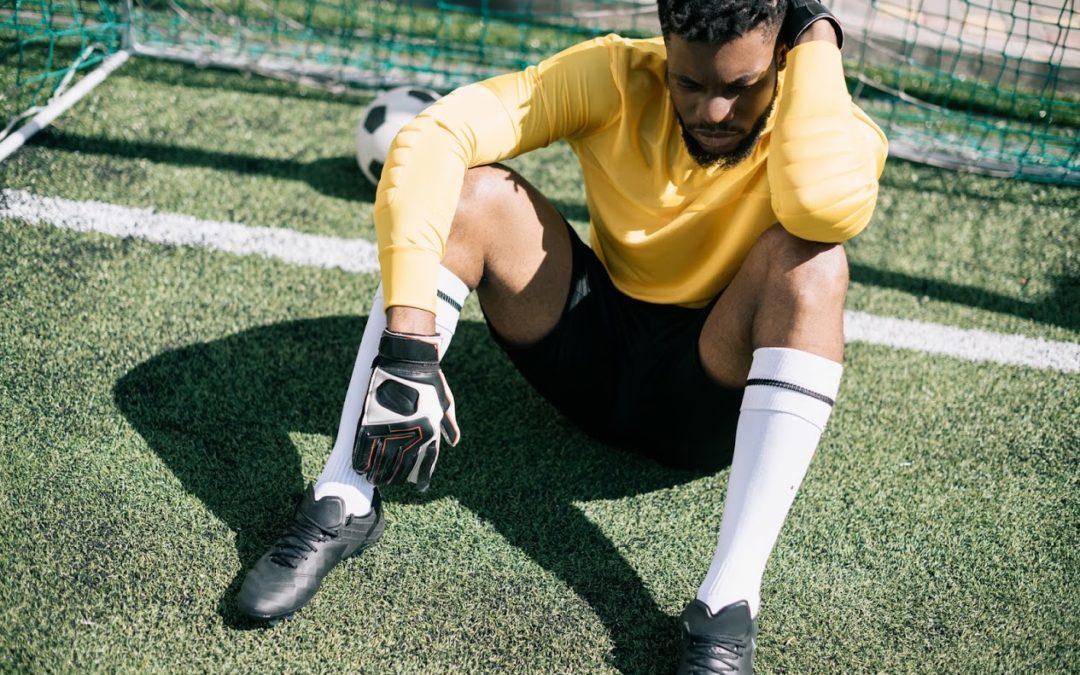If you or your child is involved in soccer, then you know the sport is hard on the body. With soccer, you use your whole body. Plus, you have to be up to quick changes in direction with your feet and legs. This puts a lot of stress on numerous joints. With more joint stress comes the increased chance of orthopedic injuries.
If you work with a sports medicine doctor, you can reduce those injuries and preserve your joints. Here is more information about common soccer injuries and how to prevent them.
Types of Common Soccer Injuries
Soccer injuries generally come in two types: overuse and trauma-related. Here are some of the more common injuries seen in soccer players.
Knee Injuries
Soccer puts great stress on not only the knee joint but also the ligaments that keep the knee stable. All four cruciate ligaments are easily twisted and pulled when you play soccer. You can also damage the meniscus, otherwise known as the cushion between the knee joint. If any of these fail, you could be out of the game for a long time.
Tendon Injuries
Tendon injuries are common for many sports where you run or make quick turns. Your Achilles tendon is very prone to injury. This is the large tendon that runs from your calf to the back of your foot. It can rupture if you put it under too much stress.
Lower Body Muscular Injuries
Shin splints and calf muscle sprains are common in soccer players. Pulled groin and hamstring muscles are also a problem. Both of these muscle groups control your leg movements when you run and turn.
Head Injuries
Head injuries often happen either from heading the ball or by contact with other players. You can also suffer head injuries if you hit the goal post or are knocked to the ground.
Wrist Injuries
Even though you don’t use your hands, you can still injure your wrists or arm bones in a fall. You can also hit your wrists and arms in a collision with another player.
Ways to Prevent Soccer Injuries
Prevention of soccer injuries can be difficult when you are deeply involved in the game. You may not notice you have an injury until much later. Therefore, one of the best ways to keep injuries from worsening is to be mindful of how you feel. Be aware of any strange sensations, such as muscle stiffness and lack of a range of movement, that don’t go away quickly. Pay particular attention to any head injury signs.
Make sure you warm up the right way and cool down by stretching after your game. Wear protective gear like ankle and shin guards when necessary. Proper shoes are also essential equipment. Rest or stay home when you feel sick or exhausted. Another way to prevent injuries is to inform your coach about any safety hazards in the field.
Treatments for Soccer Injuries
Treatment depends on the severity of your injury. If you stop and take care before the problem is severe, then you may spend minimal amount of time away from the game. You can use the RICE (rest, ice, compression, elevation) method for many injuries. When you play, make sure you stay hydrated. If your injury is severe, than the doctor may prescribe surgery to correct the problem.
Soccer is an active sport, and sometimes injuries happen. If you are injured, stop playing and don’t wait to see a doctor. If you wait too long, then your injury could worsen.
If you need treatment or advice on how to avoid soccer injuries, then contact the sports medicine doctors at Omaha Orthopedic Clinic and Sports Medicine. We can treat all the joints in your body so that you aren’t kept away from your sport too long.


Recent Comments